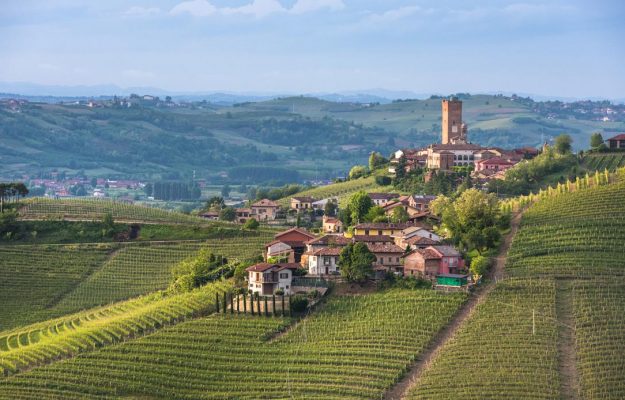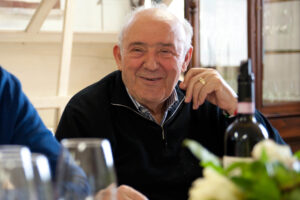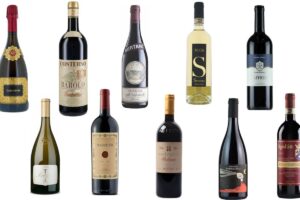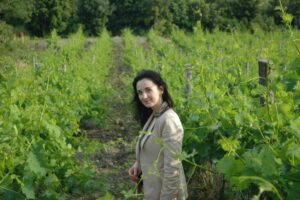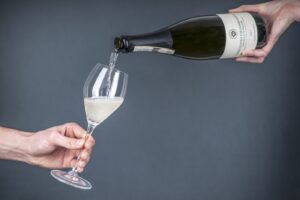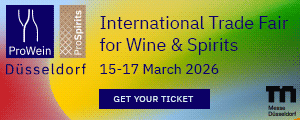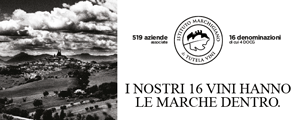Piedmont, Tuscany, Campania, Umbria, Alto Adige, Valpolicella: here is the “Best Italian Wines from 2019”, a journey through the great territories of Italy, lasted all year round, giving priority to the narrative and research on scores, stylistic and editorial choice that for years characterizes the work of Thomas Hyland, oenological signature of Forbes, through the wines that have most won him over, without rankings. From his Chicago, where we met him a few weeks ago, he often flies to Italy, to tell the US wine lovers about the complexity of Italian wine, but also its limits and possibilities, those of the big labels, “like Barolo and Barbaresco, which on the premium wine market are often advantageous alternatives to the tops of Bordeaux and Burgundy”, and those of wines still emerging on the US market, like Verdicchio, that is “an extraordinary wine, which I love very much, a white wine with a unique ability to age, and yet in the wine list of restaurants in New York and Chicago if you find two of them is already a miracle, but that takes another aspect, namely the lack of knowledge and popularity of a region like the Marche, “crushed”, in a way, by Tuscany, Piedmont, and Sicily.
Limits that, of course, do not apply to Hyland, which among the whites of the Belpaese is able to range from Campania, with the Greco di Tufo 2018 Pietracupa, the Greco di Tufo “Devon” 2018 by Antonio Caggiano and Falanghina “Serrocielo” 2018 Feudi di San Gregorio,to Umbria, with the “Cuvée Secrete” 2017 by Arnaldo Caprai (blend of Spoletino, Fiano, Grechetto and Sauvigon signed by the super oenologist Michel Rolland) and the “Arboreus” 2015 by Paolo Bea, from Trentino Alto Adige, with the Pinot Grigio “Porer” 2018 by Alois Lageder, in the Langhe, with the Riesling “Herzu” 2018 by Ettore Germano and the “Anas-Cetta” 2018 by Elvio Cogno. The tour among the best Italian reds of the year, according to Forbes, is resumed from Piedmont, with the Verduno Pelaverga 2018 by Burlotto, the Barolo “Bric del Fiasc” 2015 by Paolo Scanavino, the Barolo Bussia Riserva “90 Dì” 2013 by Giacomo Fenocchio and the Grignolino d’Asti “Grigné” 2018 by Montalbera. Then, inevitably, we move to Tuscany, first to Chianti Classico, with the Chianti Classico Gran Selezione “Vigna del Sorbo” 2015 by Fontodi, the “Flaccianello della Pieve” 2016 again by Fontodi, the Chianti Classico Gran Selezione “Sergio Zingarelli” 2015 by Rocca delle Macìe and the Chianti Classico Gran Selezione “Coloni” 2016 by Fèlsina, then to Bolgheri, with two sacred monsters such as Sassicaia 2016 and Ornellaia 2016. The final stage will be in Trentino, with the Pinot Nero Riserva “Maglen” 2016 from Cantina Tramin, while the sweet wines will include Vin Santo 2007 from Fèlsina and Vin Santo “Occhio di Pernice” 2007 from Badia a Coltibuono.
Copyright © 2000/2026
Contatti: info@winenews.it
Seguici anche su Twitter: @WineNewsIt
Seguici anche su Facebook: @winenewsit
Questo articolo è tratto dall'archivio di WineNews - Tutti i diritti riservati - Copyright © 2000/2026










